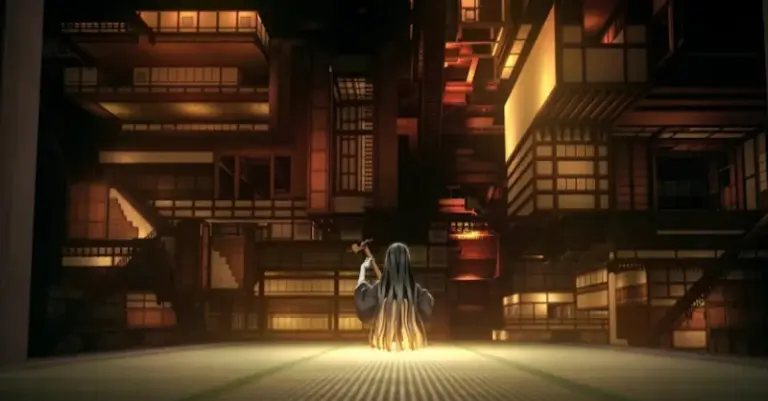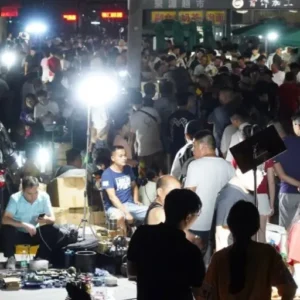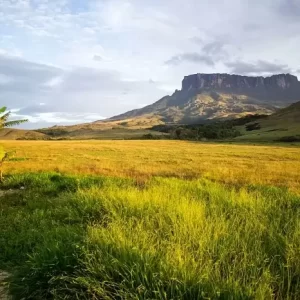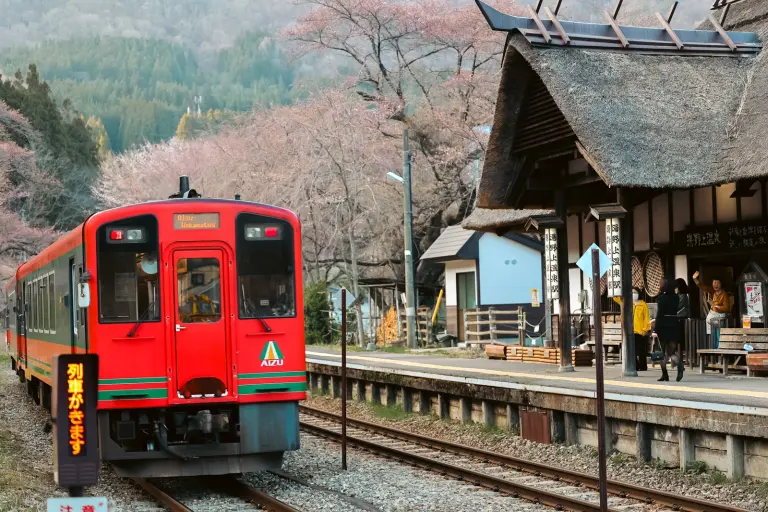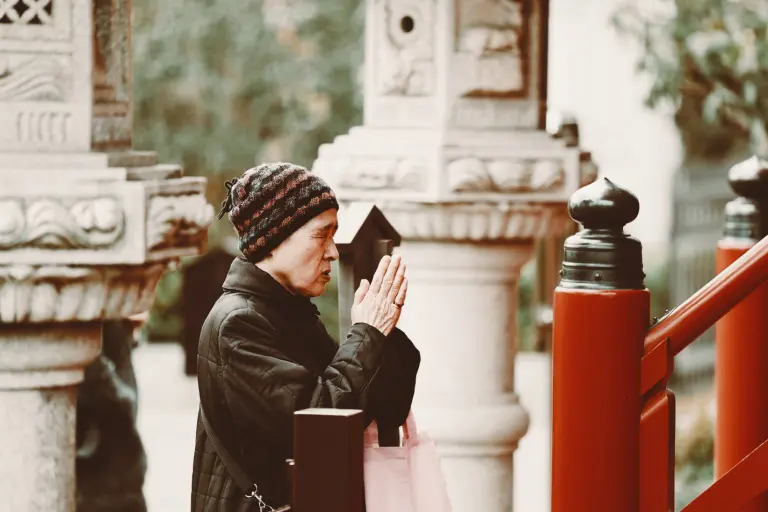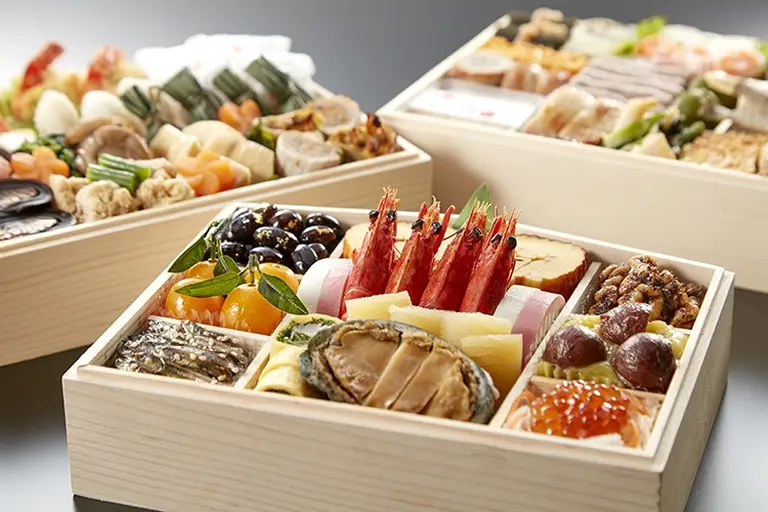Perched atop Singuttara Hill in Yangon, Myanmar, the majestic Shwedagon Pagoda glows like a beacon of spirituality and national pride. Towering at 99 meters, this gilded stupa is not only an architectural marvel but also one of the most sacred Buddhist sites in the country.
From all four directions, long stairways lead pilgrims and visitors toward the main platform. The South Gate, flanked by two 9-meter-tall guardian lions, is the most popular entrance for international tourists, where an entrance fee of $8 USD is required. In contrast, locals can enter free of charge via the East, West, or North gates.
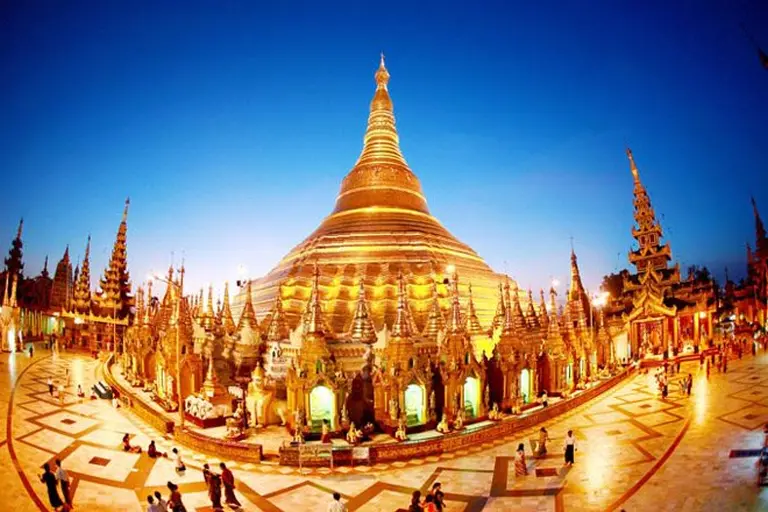
>> A guide to traveling in Yangon
A History Wrapped in Gold
Legend says Shwedagon Pagoda is over 2,500 years old, making it one of the oldest Buddhist stupas in the world. Archaeologists, however, estimate that its construction began around the 6th century. The earliest known reference appears in historical texts from 1485, coinciding with the royal tradition of offering gold as merit. In fact, it became customary for Burmese royals to donate an amount of gold equal to—or even exceeding—their own body weight to be beaten into gold leaf for the stupa.
Over the centuries, Shwedagon has become more than just a place of worship—it’s a national treasure, lavishly adorned with gold, diamonds, and precious stones. The structure is said to be covered in over 90 tons of gold, and its spire is encrusted with 5,451 diamonds, including a dazzling 76-carat gem at its peak. The topmost tiers also hold 1,100 additional diamonds, glittering in the sunlight and visible from nearly every part of Yangon.
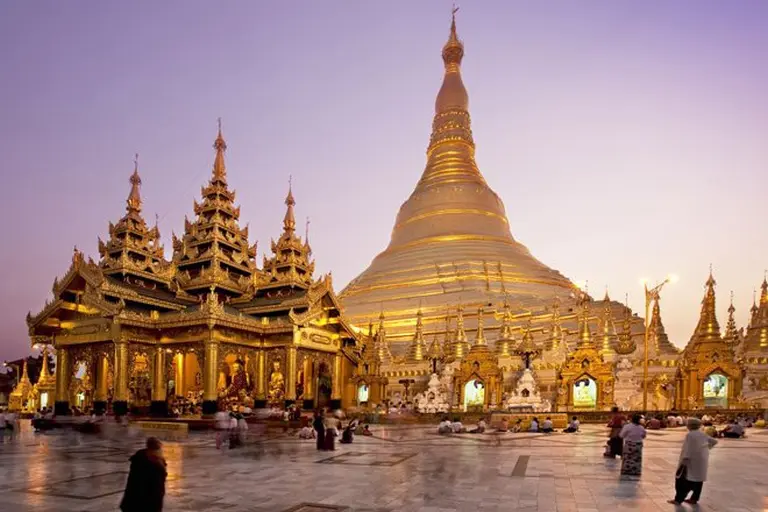
>> Top 7 places to visit in Yangon
A Sacred Site for the Nation
Shwedagon is believed to house four sacred Buddhist relics, including eight strands of hair from Gautama Buddha. Its importance extends beyond religion—the pagoda has long been a symbol of national unity, and a rallying point during Myanmar’s struggle for independence.
Despite being struck by several natural disasters—earthquakes in 1769 and the early 20th century, and a massive fire in 1931—the pagoda remains resilient. Restoration work has preserved its original splendor, allowing it to continue standing proudly above the city skyline.
In recognition of its cultural significance, the Myanmar government passed a law ensuring that no buildings in Yangon may exceed Shwedagon’s height, including its elevation on Singuttara Hill—a total of 160 meters above sea level.
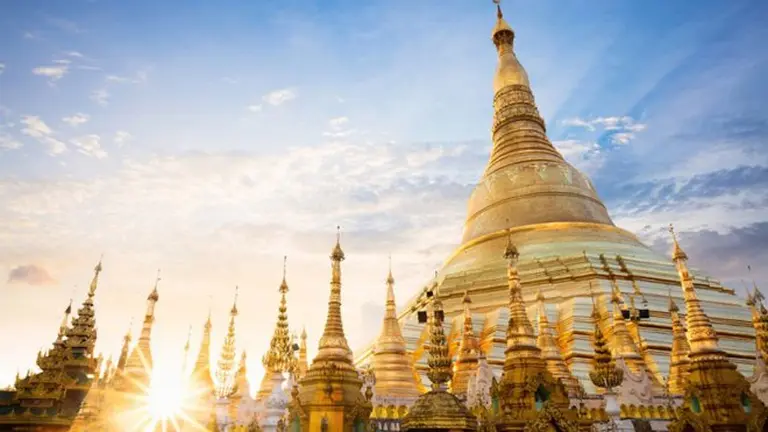
Etiquette and Cultural Norms
Only monks and male visitors are permitted to access the terrace surrounding the central stupa, in line with local religious customs that often restrict women’s access to certain sacred areas.
If you’re planning to visit Shwedagon, be aware of the dress code: no sleeveless shirts, shorts, sheer clothing, or tight leggings. Respectful attire is required—your shoulders and knees must be covered. Shoes and socks must also be removed before entering any temple grounds.
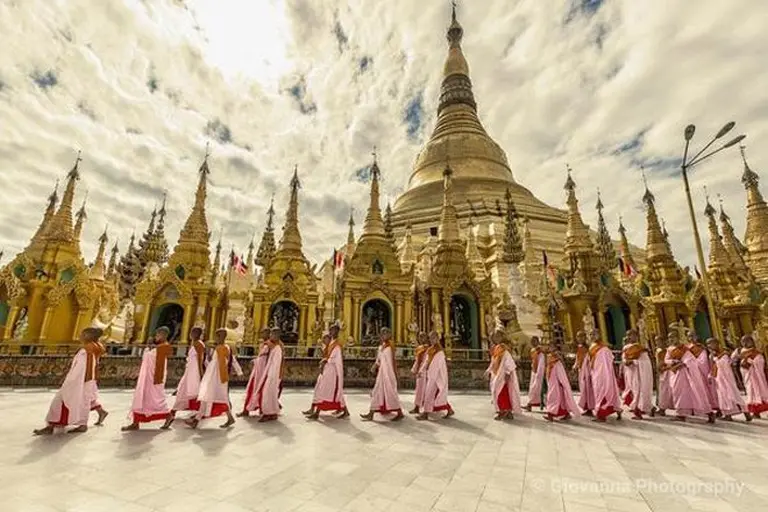
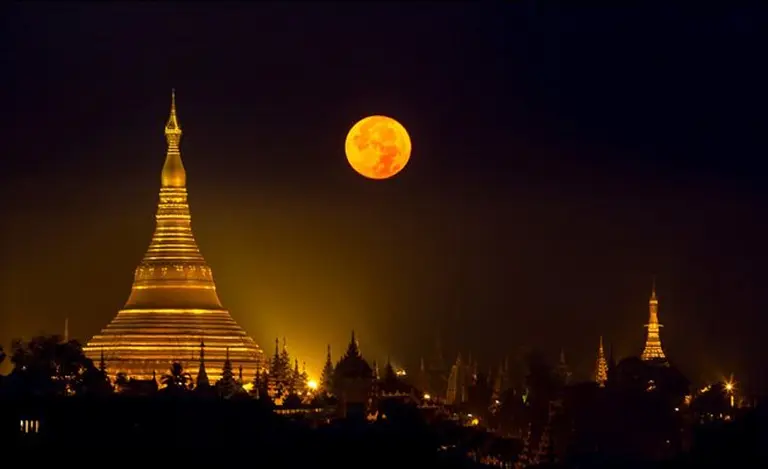

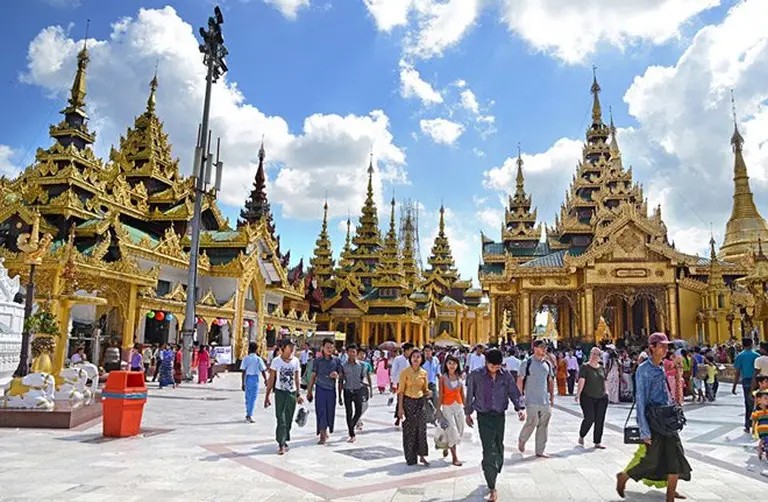
Visiting Shwedagon Pagoda is more than a sightseeing trip—it’s a profound cultural and spiritual experience. Whether you’re drawn by its glittering façade or the deep reverence it commands, this golden temple is a true icon of Myanmar.
>> Things You Must Know to Travel in Myanmar
FAQ
What is the Shwedagon Pagoda?
The Shwedagon Pagoda, also known as the Golden Pagoda, is a towering 99-meter-high Buddhist stupa covered in gold plates and topped with thousands of diamonds, rubies, sapphires, and other precious gems. It is believed to house sacred relics of four Buddhas, including strands of hair from Gautama Buddha.
Located in Yangon, Myanmar’s largest city, it’s not only a religious site but also a center of cultural, historical, and political significance.
Why is it so important in Buddhism?
Shwedagon Pagoda is considered the most sacred Buddhist site in Myanmar because:
- It enshrines relics from four Buddhas
- It’s a destination for pilgrimage and devotion among Buddhists worldwide
- Many believe visiting it brings great merit and spiritual blessings
Monks, locals, and travelers from all walks of life gather here daily for prayer, meditation, and ceremonial offerings.
How old is the Shwedagon Pagoda?
Legend says the pagoda is over 2,600 years old, making it one of the oldest Buddhist stupas in the world. However, historians suggest it was likely built between the 6th and 10th centuries, with major enhancements during the 15th and 18th centuries.
Regardless of its true age, it has stood as a spiritual beacon for centuries.
Why is it covered in gold and gems?
The golden shimmer of the pagoda comes from the genuine gold plates that cover its entire exterior — donated over centuries by kings, queens, and ordinary citizens as acts of devotion. The top of the spire, known as the hti, is encrusted with:
- Over 5,000 diamonds
- More than 2,000 rubies and sapphires
- A 76-carat diamond at the very tip
This dazzling display reflects Myanmar’s deep cultural tradition of merit-making and reverence.
What can visitors see and experience there?
When visiting the Shwedagon Pagoda, expect:
- A breathtaking panoramic view of the golden stupa at sunrise or sunset
- Devotees offering flowers, candles, and prayers
- Monks chanting and meditating in tranquil corners
- Smaller shrines and pavilions encircling the main stupa
- Traditional rituals at the planetary posts, where visitors offer water based on their day of birth
Is there a dress code?
Yes. As it is a sacred site:
- Shoulders and knees must be covered
- Shoes and socks must be removed before entering
- Modest, respectful attire is expected for both men and women
Tip: Bring a plastic bag for your shoes and wear easy-to-remove sandals.
When is the best time to visit?
- Early morning (around 6–8 AM) or sunset hours (4:30–6:30 PM) are ideal for cooler weather and magical lighting
- Visiting during Buddhist festivals, such as Thingyan (Water Festival) or Tazaungdaing (Festival of Lights), offers a deeper cultural immersion
- The dry season (Nov–Feb) is the most pleasant for travel in Myanmar
Are there any special rituals or festivals?
Yes. Key events include:
- Full moon days, especially the full moon of Tabaung (March), when thousands of devotees light candles and oil lamps
- Monk ordination ceremonies
- Daily alms-giving rituals
- Pagoda lighting festivals with lanterns and traditional music
Can non-Buddhists visit the pagoda?
Absolutely. The site is open to people of all faiths and nationalities, though respectful behavior is expected. Many tourists find the experience deeply moving, even if they are not religious.
How much does it cost to enter?
As of recent updates:
- Entry fee for foreigners: around 10,000 MMK (~$5 USD)
- Tickets include a map and sometimes a guided tour
Local visitors can usually enter for free
What makes the Shwedagon Pagoda unique?
Few religious structures in the world can match the Shwedagon Pagoda’s combination of spiritual, historical, and visual majesty. Its:
- Towering golden glow
- Celestial jewel-encrusted spire
- Ancient Buddhist relics
- Deep cultural significance for Myanmar’s people
make it a must-see landmark, not just for pilgrims but for all travelers who seek wonder, peace, and inspiration.
A visit to the Shwedagon Pagoda is not just a sightseeing stop — it’s a spiritual encounter, a photographic dream, and a journey through centuries of devotion. Whether you come to reflect, admire the architecture, or simply experience Myanmar’s soul, this golden temple will leave a lasting glow in your memory.

